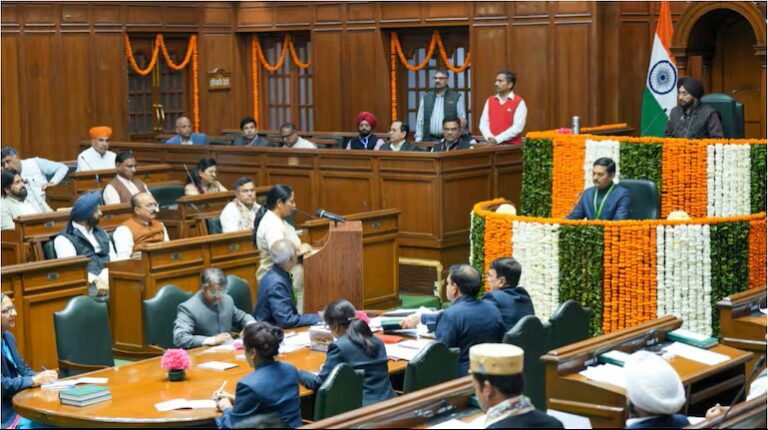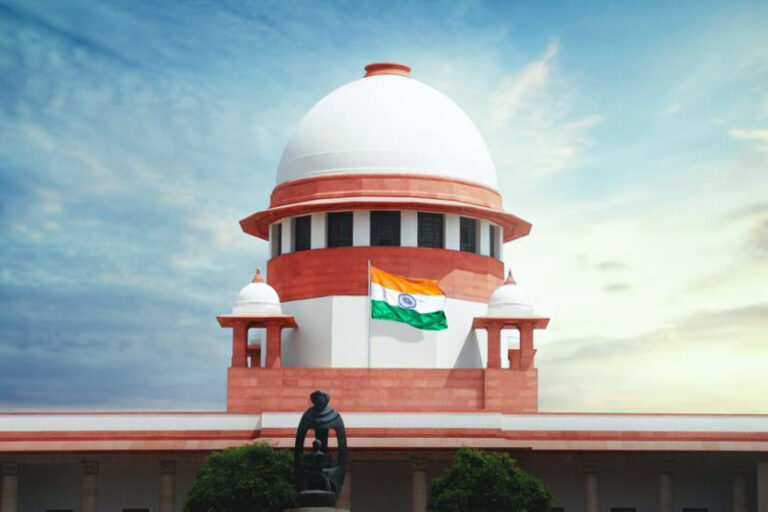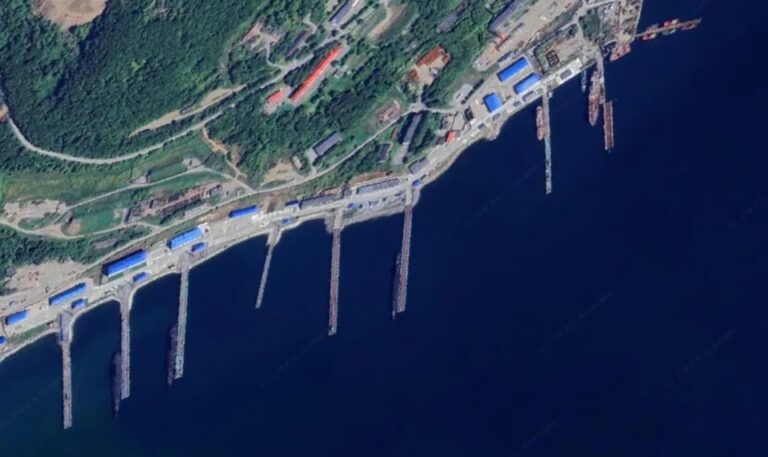
A luggage drop triggered a stampede at New Delhi station in February, killing 18. Railways will implement crowd management measures to prevent future tragedies.
A large piece of luggage falling from a passenger who had it on their head triggered the stampede that killed 18 people—including four children and 11 women—at New Delhi railway station in February, railways minister Ashwini Vaishnaw told Parliament on Friday.
The minister, responding to a written question by Samajwadi Party MP Ramji Lal Suman, said a high-level inquiry committee had identified the falling headload as the primary cause of the tragedy that occurred on February 15.
The stampede happened during the evening rush around 9:15-9:30pm on the staircase connecting platforms 14 and 15, as thousands converged on the station for Bihar-bound trains amid the Maha Kumbh festival on at the time in Prayagraj.
“There was a big headload falling from one of the passengers and the pressure was passed on to the stairs of platforms 14/15, resulting in the tripping of passengers,” Vaishnaw said in his parliamentary reply. The incident occurred at 8.48pm on foot-over-bridge 3.
The victims died from traumatic asphyxia, according to post-mortem examinations.
The committee found that while sufficient crowd management protocols were in place, passenger density had gradually increased on the foot-over-bridge after 8.15pm.
Many passengers were carrying large headloads, hampering smooth movement on the narrow 25-foot-wide footbridge before the fatal accident, the committee found.
At the time, HT reported citing Railway records that 7,600 unreserved tickets were sold that evening at a rate of 1,500 per hour with crowds building up from 6pm onwards.
The tragedy—the deadliest railway station incident since Mumbai’s Elphinstone Road stampede killed 23 people in 2017—had drawn sharp criticism from railway experts, some of who called it a “completely avoidable incident” and “classic mismanagement.”
To prevent similar tragedies, Indian Railways will implement comprehensive crowd management measures across 73 stations that periodically face heavy passenger rush, the minister told parliament.
Permanent holding areas will be created outside these stations, building on the temporary arrangements made during the 2024 festival season. Pilot projects are already underway at New Delhi, Anand Vihar, Varanasi, Ayodhya, and Ghaziabad. Passengers will only be allowed onto platforms when trains arrive, helping to decongest station areas, Vaishnaw said.
The railways will introduce complete access control at the 73 identified stations. Passengers with confirmed reserved tickets will get direct platform access, while those without tickets or on waiting lists must wait in designated outside areas. All unauthorised entry points will be sealed.
New foot-over-bridge designs—12 metres wide and 6 metres wide—will replace existing narrow structures across all stations. These wider bridges with ramps proved effective during the recent Mahakumbh festival.
Advanced surveillance systems, including CCTV networks and war rooms for coordinated crowd management, will be installed. Digital communication equipment such as walkie-talkies and public announcement systems will be deployed at all heavy-traffic stations, the minister stated.
The minister also stated that all major stations will have a senior officer designated as station director with financial powers to make immediate decisions during crowd situations. All other departments will report to the station director, who will have overarching responsibility for station operations. Staff will receive new identification cards and uniforms to ensure only authorised personnel can access station premises.
Station directors will also control ticket sales based on station capacity and available train services, Vaishnaw added.




